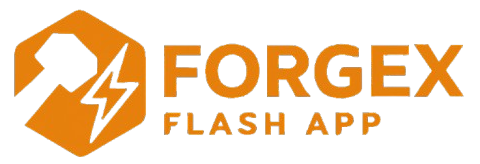As blockchain and cryptocurrency adoption continue to grow, so does the demand for tools that help developers, educators, and testers work in secure and controlled environments. One such tool is the Tether Transaction Simulator, a utility designed to mimic the behavior of USDT transfers without the risk of using real funds
In this article, we’ll explore what a Tether transaction simulator is, how it works, and why it’s useful for anyone building or working with USDT-compatible platforms.
What Is a Tether Transaction Simulator?
A Tether transaction simulator is a software tool that replicates the visual and functional aspects of sending or receiving Tether (USDT) on a blockchain network. These simulated transactions do not take place on the actual blockchain, which means they do not require confirmations, gas fees, or real tokens.
The primary purpose of this tool is to provide a safe testing and training environment for developers, trainers, and testers. It is commonly used to simulate transactions on ERC-20 (Ethereum) and TRC-20 (TRON) networks.
Key Features of a Tether Transaction Simulator
- No Real Funds Required
Simulate full transaction flows without the need for actual USDT, making it ideal for risk-free testing. - Instant Transaction Display
Transactions appear instantly in the interface, enabling quick feedback during UI testing or demos. - Multi-Network Support
Works with both Ethereum (ERC-20) and TRON (TRC-20) token standards, ensuring broader applicability. - Custom Parameters
Many simulators allow users to customize wallet addresses, transaction amounts, and other details to reflect real-world scenarios.
Who Can Benefit From a Tether Simulator?
- Blockchain Developers
Build and test wallet interfaces, smart contracts, and exchange platforms using realistic but safe transaction flows. - Crypto Educators and Trainers
Use the tool in courses, workshops, or tutorials to demonstrate how Tether transactions work without risking student assets. - QA Testers
Validate transaction-related features across wallets and apps, including error handling, UI responses, and notifications. - Product Demonstrators
Simulate transactions during live product demos, helping clients or users visualize the complete process.
Legal and Ethical Considerations
It is important to understand that Tether transaction simulators are strictly for non-commercial, non-fraudulent use. They should never be used to mislead users, impersonate wealth, or conduct any form of financial deception.
Use these tools only in:
- Internal development environments
- Educational or academic settings
- Blockchain UI/UX testing labs
- Controlled training sessions or demo showcases
Any misuse can lead to legal consequences and undermine the trust in legitimate blockchain tools and platforms.
Benefits of Using a Tether Transaction Simulator
- Helps avoid unnecessary gas fees and risk during early development
- Enables faster feedback cycles for user interface and user experience design
- Provides a practical training environment for blockchain learning
- Reduces the need for testnet tokens or access to limited test environments
- Encourages safe experimentation without financial consequences
Final Thoughts
The Tether transaction simulator is a practical and effective tool for those working in the blockchain space. Whether you are building a crypto wallet, running a blockchain course, or testing user interactions, this tool helps you simulate the movement of USDT in a controlled and secure way.
However, with great utility comes great responsibility. The simulator should always be used ethically, never to mislead or defraud others. When used correctly, it can greatly enhance development, education, and product innovation in the crypto world.


